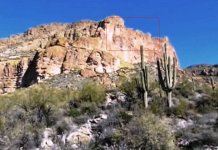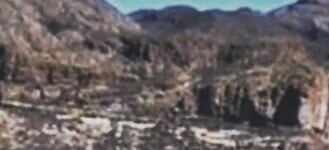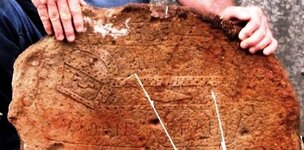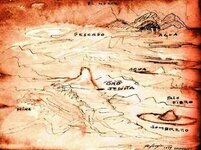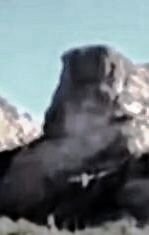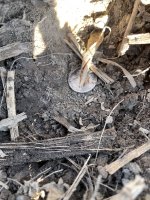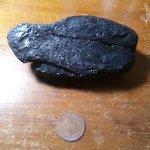Infosponge
Full Member
Oro,
You're correct about the difficulties involved with getting accurate longitude readings back in the day of the Jesuits, I guess I should have said "fairly accurate" instead of accurate. Could you please share with us how far off the reading is for Real de la Santísima Trinidad, between the two different prime meridian's, and just how you calculated it.
Sincerely,
Infosponge
You're correct about the difficulties involved with getting accurate longitude readings back in the day of the Jesuits, I guess I should have said "fairly accurate" instead of accurate. Could you please share with us how far off the reading is for Real de la Santísima Trinidad, between the two different prime meridian's, and just how you calculated it.
Sincerely,
Infosponge



